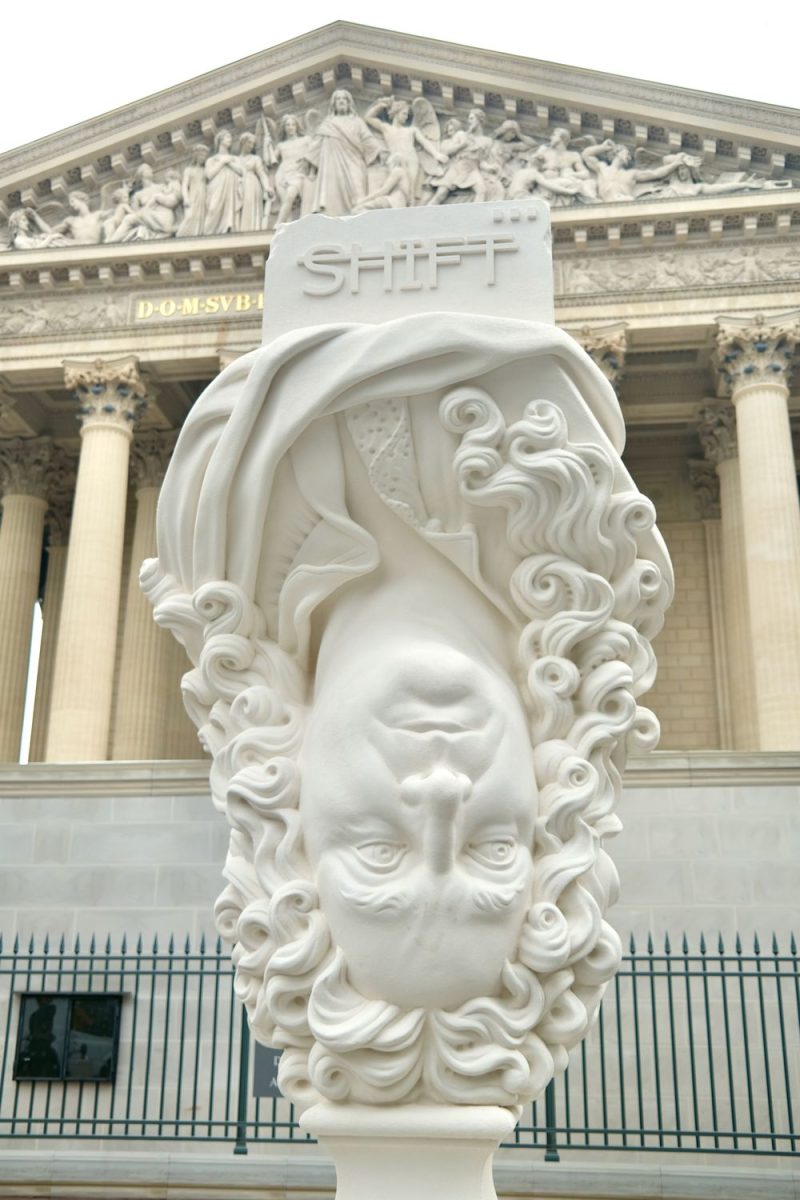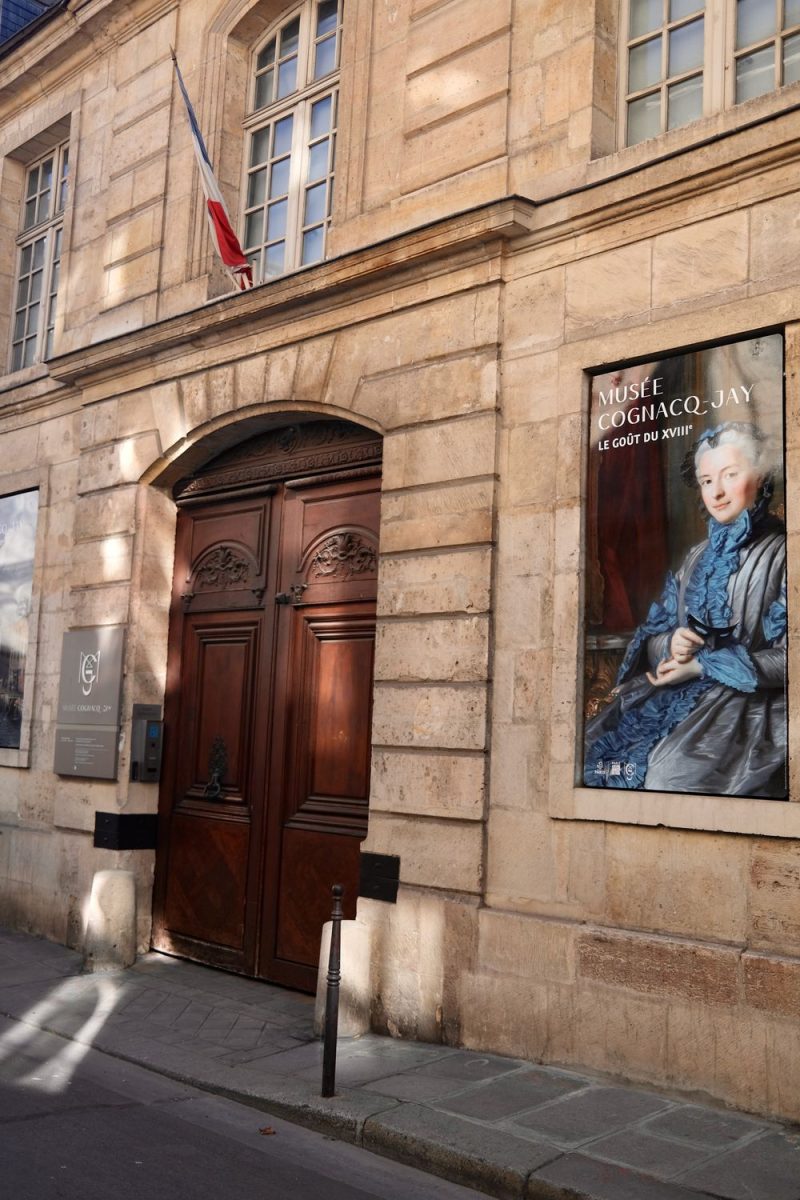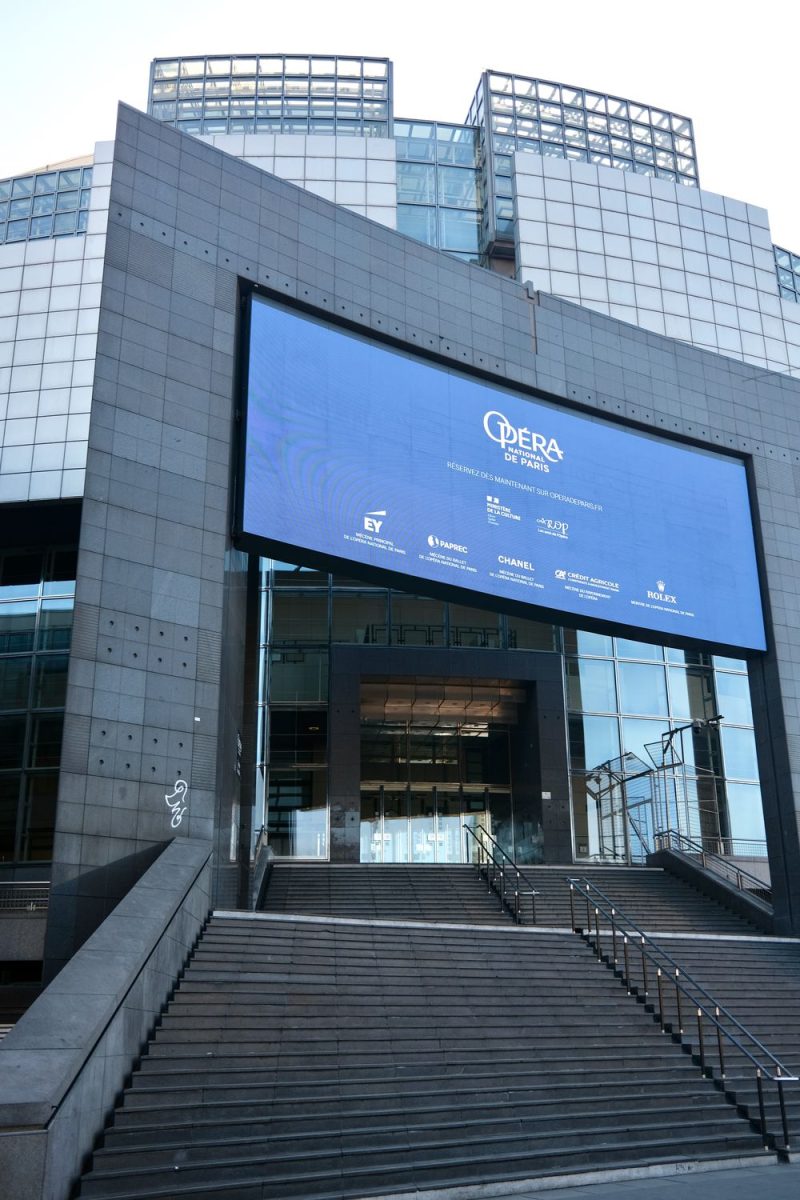Musée Rodin: Sculptor Auguste Rodin’s Museum in Paris
On a hot Saturday in July, I visited the lovely Musée Rodin in the left bank of Paris.
It is one of the best small museums to visit in Paris and you can see it all in just one afternoon.
Who is Auguste Rodin?
François Auguste René Rodin, known as Auguste Rodin, was born on November 12, 1840, in Paris, France, and died on November 17, 1917, in Meudon. He is one of the most renowned sculptors of the modern era, often likened to Michelangelo for his ability to capture human emotion and movement.
Rodin’s early education was at the Petite École, where he studied drawing and painting, but his initial applications to the École des Beaux-Arts were rejected. Instead, he worked in various trades, including as a decorative bricklayer, while continuing to develop his artistic skills.
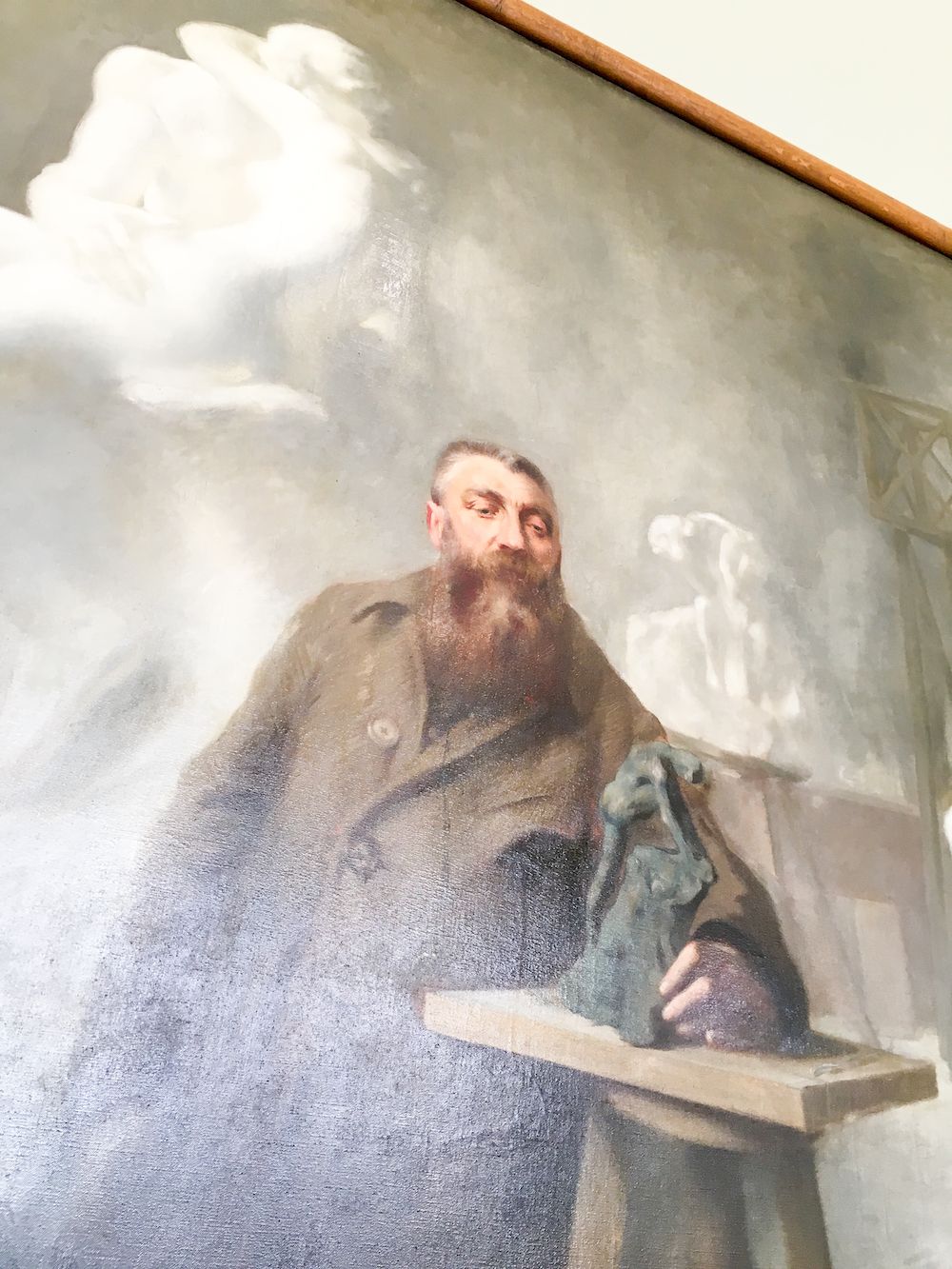
Rodin’s Sculptures
In the early 1860s, Rodin began to study sculpture under the tutelage of Antoine-Louis Barye. He created his first significant work, “The Man with the Broken Nose,” in 1864. A trip to Italy in 1875, where he was deeply influenced by Michelangelo’s work, was a turning point in his career.
Upon his return to Paris, Rodin began to gain recognition. His work “The Age of Bronze” (1876) drew both admiration and controversy, as critics were so impressed by its realism that they accused him of casting from a live model. Despite this controversy, his reputation continued to grow, leading to numerous public commissions.
Rodin’s fame peaked with works like “The Thinker” (1880), “The Kiss” (1882), and “The Burghers of Calais” (1889), which remain some of his most recognized creations. His approach was often unconventional, focusing on partial figures and fragmented forms, which became a significant influence on modern sculpture.
Throughout his life, Rodin worked closely with other artists and had a tumultuous relationship with fellow sculptor Camille Claudel. His work was widely celebrated in his later years, and he received honorary degrees and awards, including the Legion of Honour.
The museum’s main collection had a wonderful display of Auguste Rodin’s sculptures, some hanging on the wall, and others displayed on Romanesque columns.
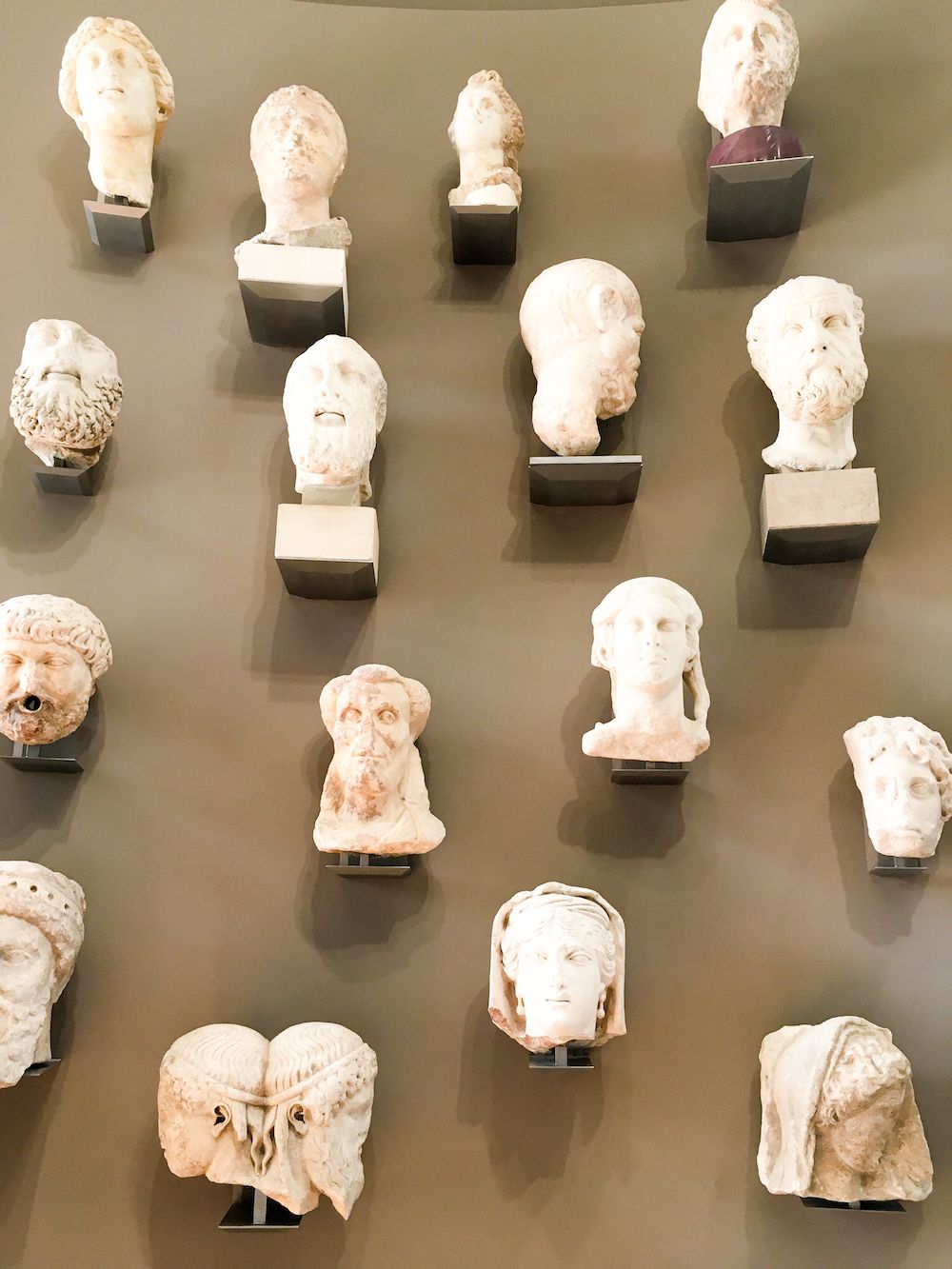

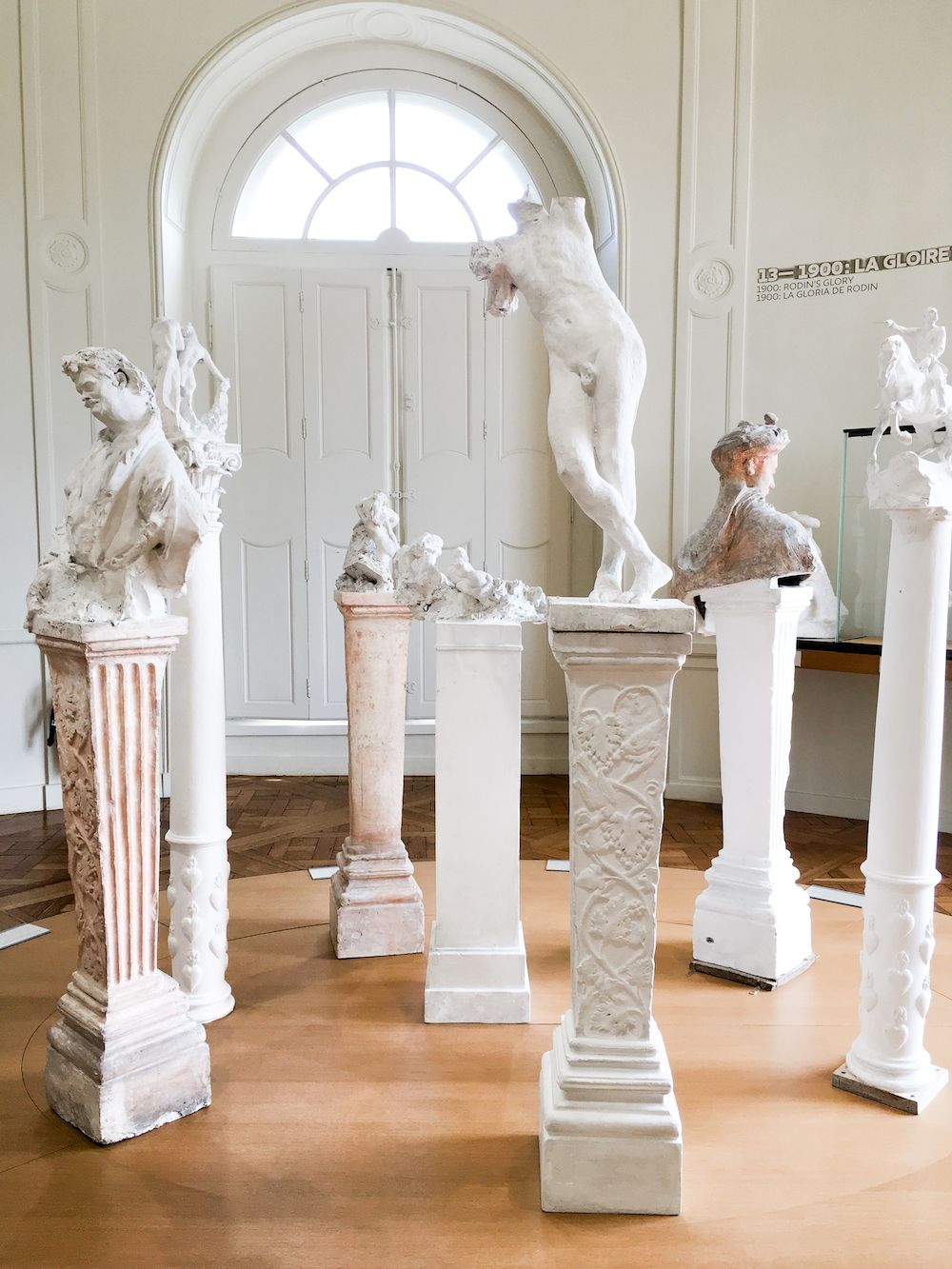

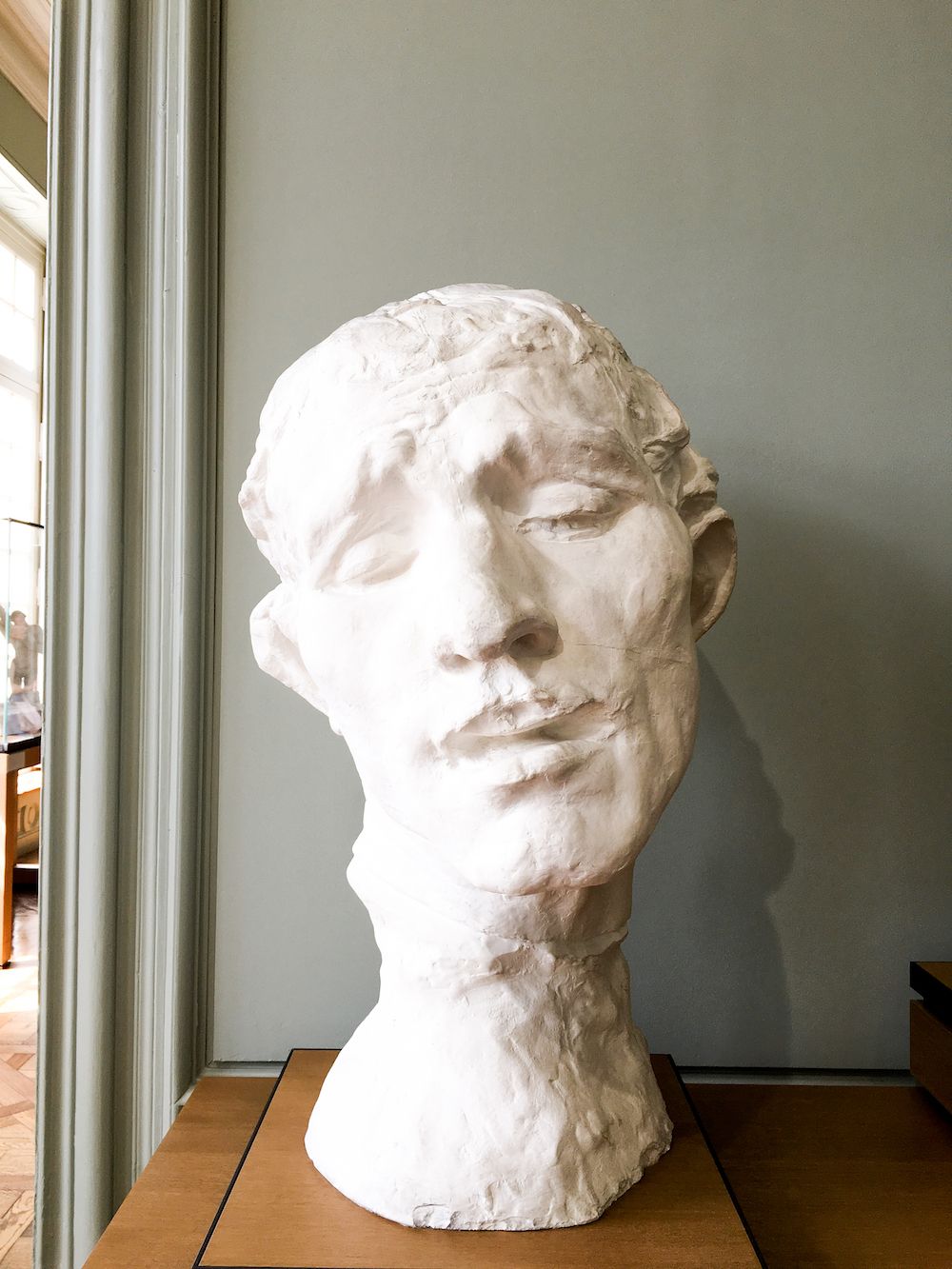
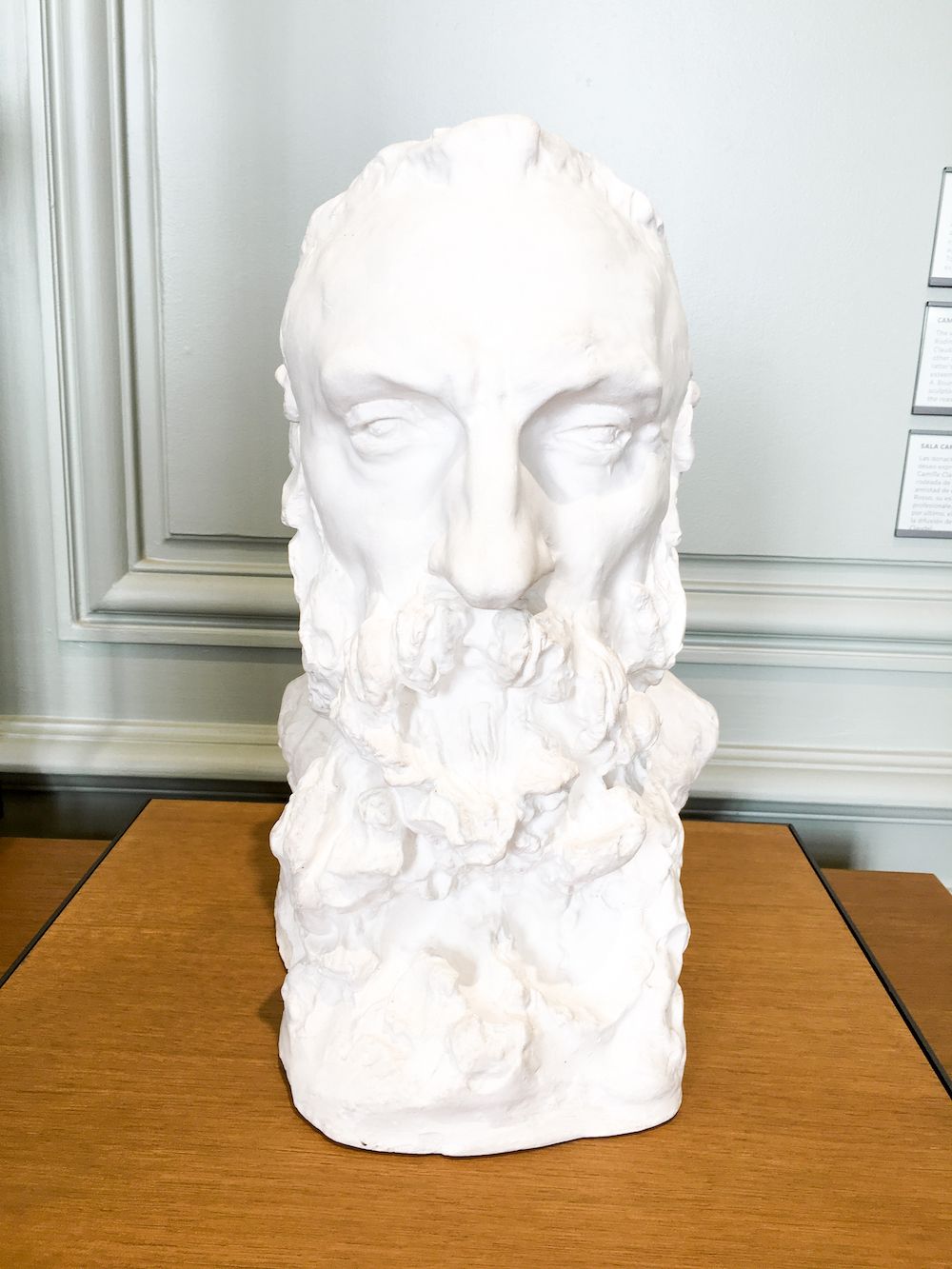
Rodin Museum History
The Rodin Museum in Paris, dedicated to the works of the French sculptor Auguste Rodin, has a rich history that reflects its importance to the world of art. Located in the Hôtel Biron, an 18th-century mansion, the museum was officially opened on August 4, 1919. The Hôtel Biron had a diverse array of tenants before Rodin, including writers, artists, and even a school.
Auguste Rodin himself moved into the Hôtel Biron in 1908, using it as his workshop and residence. He found the estate’s garden particularly inspiring for his work. By 1911, the French state had decided to buy the Hôtel Biron, and Rodin began negotiations with the government. He proposed to donate all his works, including sculptures, drawings, and antiques, to the state, on the condition that they turn the building into a museum solely dedicated to his art.
In 1916, an agreement was finalized, and plans for the museum were set in motion. The transformation of the Hôtel Biron into the Rodin Museum included refurbishing the building and adapting the garden for public display. The museum’s inauguration in 1919 came after Rodin’s death in 1917.
The Rodin Museum is now home to over 6,000 sculptures and 7,000 other works, including drawings and photographs. The museum’s collection features some of Rodin’s most famous pieces, such as “The Thinker,” “The Kiss,” and “The Gates of Hell.”
The Rodin Museum has become a prominent cultural institution in Paris, attracting art lovers from around the world. It stands not only as a tribute to Rodin’s genius but also as a testament to the timeless appeal of sculpture in the broader context of art history.
Anselm Kiefer Exhibition
The featured Rodin Museum exhibition at the time was called “Kiefer Rodin” and the entrance hall was filled with enormous Anselm Kiefer paintings and sculptures behind glass. I’ve long been a fan of Anselm Kiefer so I was excited to check out his incredibly dark and moody work. Many of the works were contemporary, made in the last year or two and all exuded a melancholy that spoke to times of war and sadness.


Outside the Museum
Outside the museum you can find a very well-manicured French park, offering stunning views of the museum building. You can also see Rodin’s famous sculpture The Thinker.
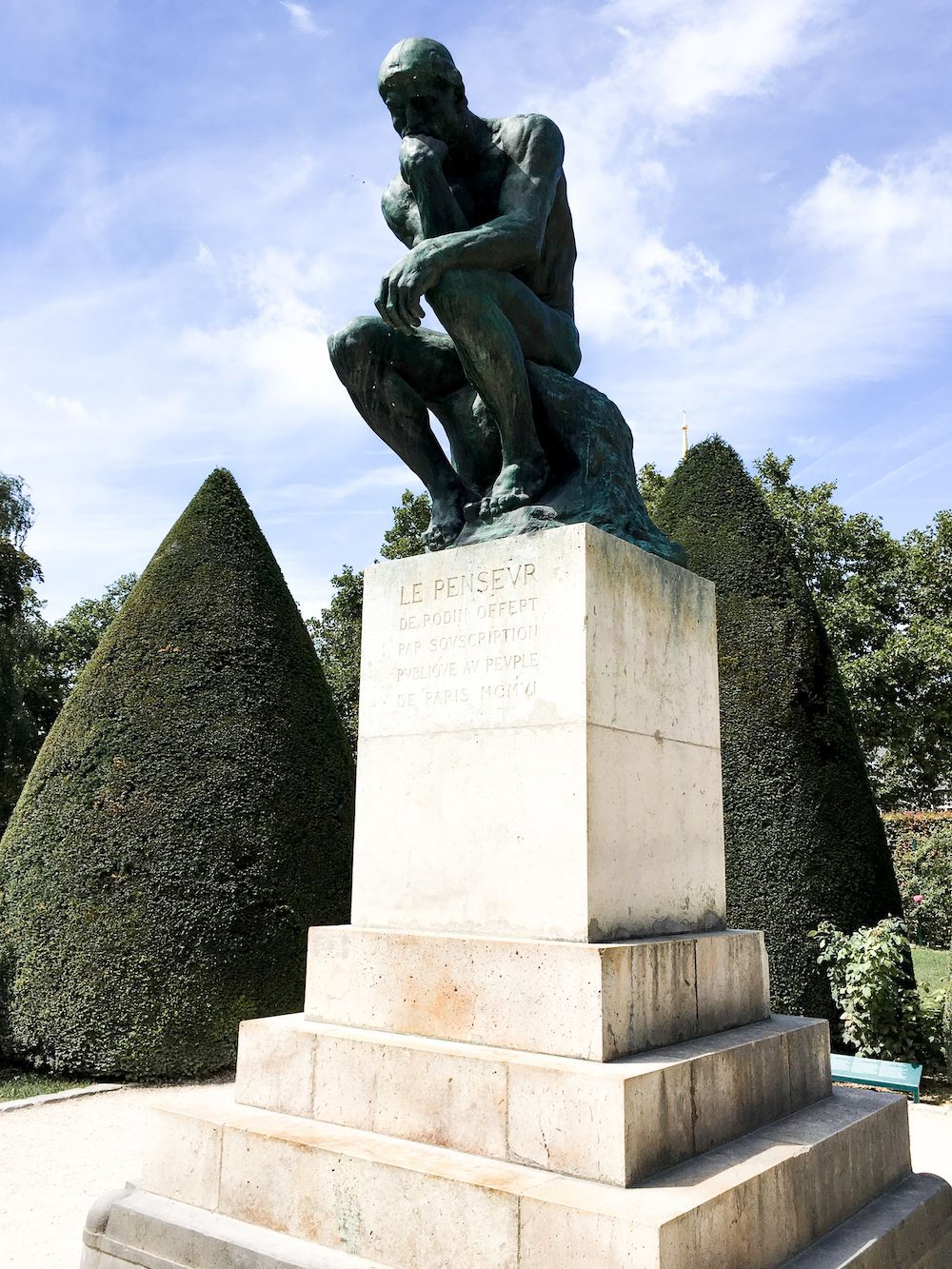

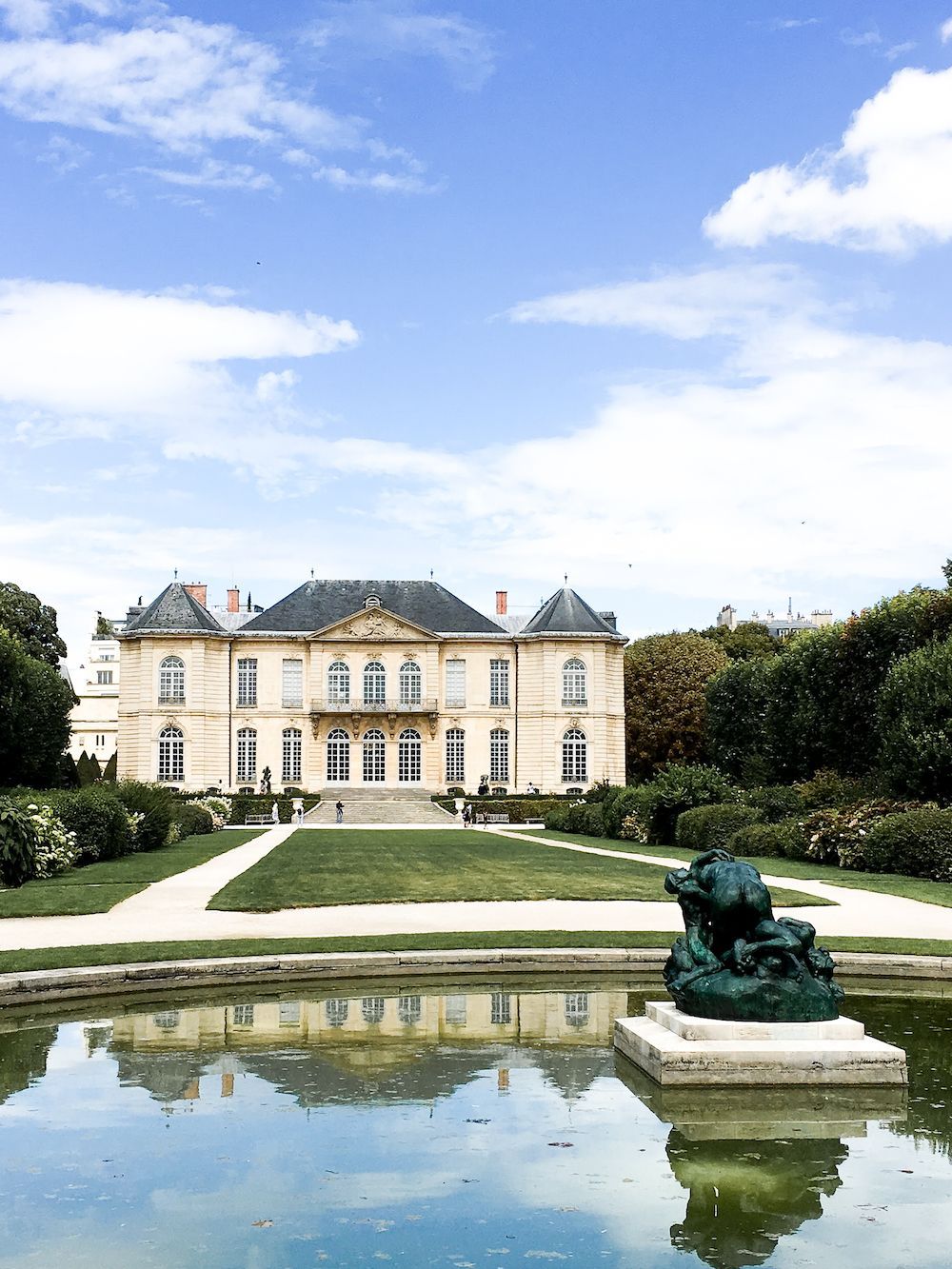
Rodin’s legacy extends beyond his death with the Rodin Museum in Paris. His approach to sculpting, which emphasized expression and texture, revolutionized the medium and left a lasting impact on the world of art. His work continues to be celebrated and studied, standing as a pivotal bridge between traditional and modern sculpture.
The Rodin Museum is featured in my Paris travel guide. Auguste Rodin also has a plaza named after him in the 16th arrondissement.
Musée Rodin
77 Rue de Varenne
75007 Paris, France
